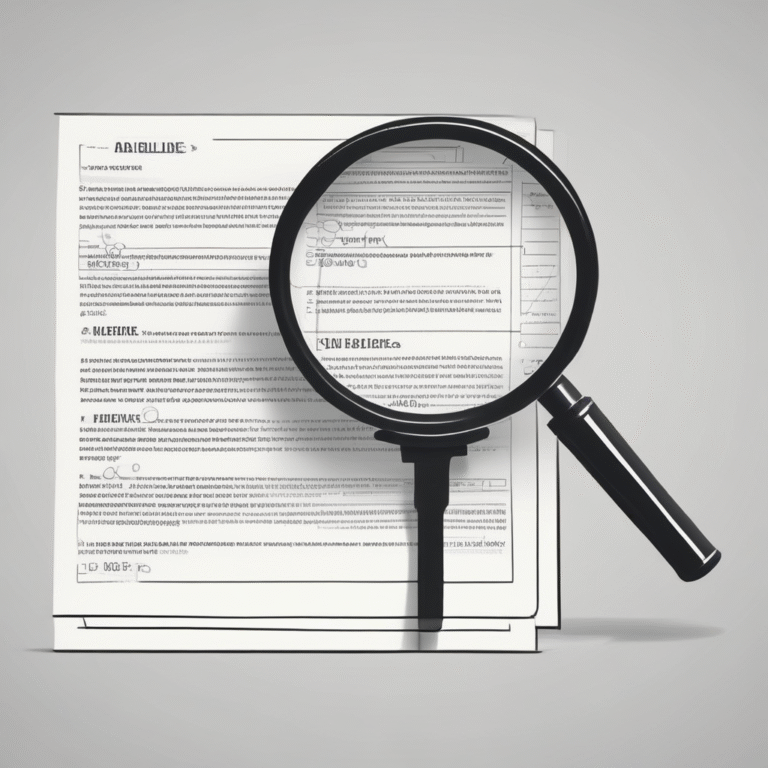AI Registry: Streamlining AI Risk Management and Regulatory Compliance
The rapid integration of artificial intelligence (AI) in business operations has led to increasing complexities in managing risks and adhering to regulatory requirements. In response to these challenges, an innovative AI Registry has been launched, providing organizations with a comprehensive tool to manage their AI systems effectively.
Overview of the AI Registry
The AI Registry is designed to simplify the documentation and oversight of AI systems within organizations. It serves as a solution for tracking both planned and deployed AI systems, ensuring compliance with current legal and regulatory standards. This tool is beneficial for all businesses, whether they utilize popular AI models or develop custom systems.
Key Features of the AI Registry
Companies can leverage the AI Registry to create a detailed catalog of their AI systems. The following features highlight the key benefits:
- Comprehensive AI Risk & Compliance Overview: The registry streamlines the organization, documentation, and monitoring of all AI models, making it easier to manage associated risks.
- Regulatory Compliance: It assists organizations in meeting regulations such as the EU AI Act, which includes requirements for record-keeping, transparency, human oversight, and data governance.
- Credibility & Trustworthiness: Organizations receive a trustworthiness score and digital badge, providing a transparent way to demonstrate their commitment to responsible AI usage.
How the AI Registry Works
Organizations can utilize auto-filled templates for common AI models or create their own entries. Upon completion, they receive feedback with concrete obligations and recommendations for quality management through automatic benchmarking and expert compliance review. This structured approach mitigates the risk of non-compliance and enhances operational transparency.
Importance of the AI Registry
The launch of the AI Registry represents a significant milestone in addressing the complexities of AI governance and compliance. It provides a robust platform that enables organizations, including those categorized as deployers and providers of high-risk AI systems, to prepare effectively for regulatory standards such as the EU AI Act and ISO 42001.
Conclusion
As businesses continue to adopt AI technologies, maintaining oversight is crucial. The AI Registry offers a structured solution designed to resolve compliance challenges while promoting responsible AI deployment. Organizations that utilize this tool can expect improved operational transparency and a proactive approach to meeting regulatory requirements.










